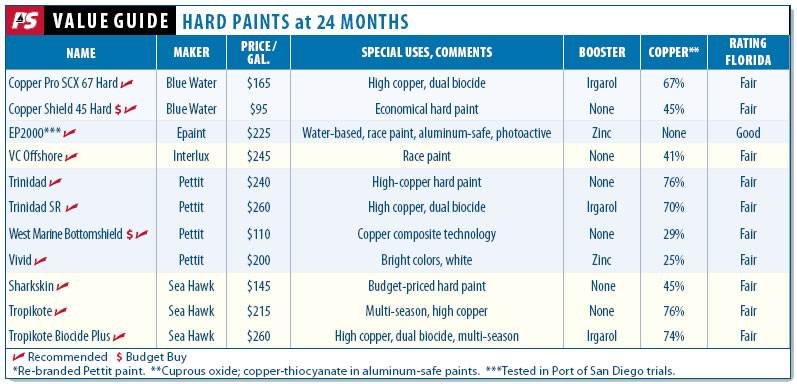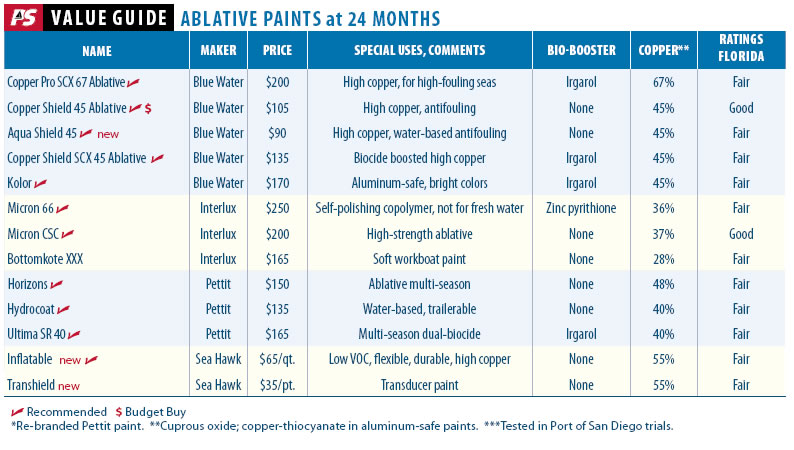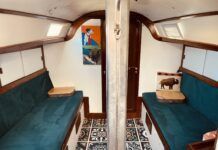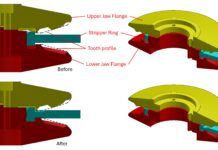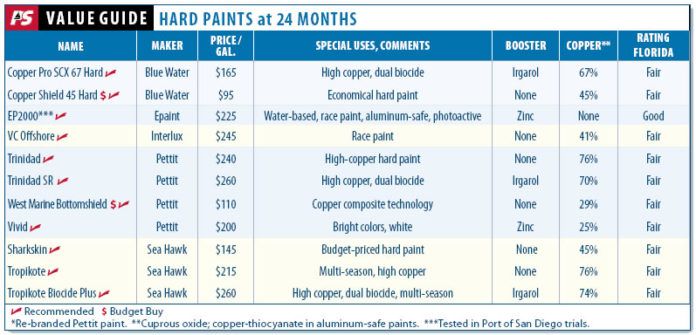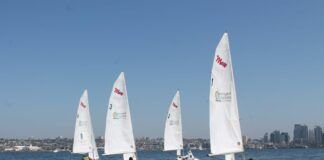In July 2009, 61 samples of antifouling paints, including several new formulas, went into the water in Sarasota, Fla., for testing. This report and the tables above offer a 24-month update on our findings on the top paints in that field, which we last reported on in April of 2011. For sailors who value longevity over all other factors, that article, along with this report on paints that rated a Fair or better after 24 months, will serve as your best guide to choosing a long-lasting bottom paint.
Long-life paints have the strongest appeal to warm climate sailors who don’t expect to haulout, but seasonal sailors who want to skip the annual prep-and-paint routine can also benefit from these paints, provided they steer clear of paints that lose their effectiveness if they stay out of the water for long periods. If you plan to haul and relaunch your boat after more than a few days, check with the maker first to see how this may impact your paint’s performance.
The 18-month mark is the equivalent of the marathoner’s wall for modern bottom paints. After 24 months in our test waters, only the best paints still kept barnacles at bay. Of the 61 paints that went into the water in 2009, less than half of them are still effective. Granted, several of the failed paints, such as Pettit’s Ultima SSA or Interlux Bottomkote (now called Bottomkote Pro) are designed as single-season paints and others, like Interlux’s VC17m or Sea Hawk’s Silver Bullet are freshwater paints, and so could not be expected to go more than one year in salt water. One way to extend the life of ablative paints is to add an extra coat. Most makers recommend no more than four coats. Adding extra coats of a hard paint, except at the waterline and high friction areas along the keel and rudder, is generally not cost effective.
In the ablative category, 15 of the 38 paints scored Fair or better after 24 months, and two of those paints—Interlux Micron CSC and Blue Water Copper Shield 45 Ablative—scored Good. All of Blue Water’s ablative paints except the copper-free ablative Shelter Island, made it 24 months. Interlux’s perennial champ Micron 66 and its low-copper soft workboat paint Bottomkote XXX also made it 24 months. The latter paint is not recommended for high-speed boats. Pettit’s Horizons, the water-based Hydrocoat, Ultima SR40, and West Marine Bottomshield joined the list of finalists at 24 months.
Sea Hawk’s Inflatable boat paint was a surprise contender after 24 months, as was Sea Hawk Transhield, a paint for use on underwater transducers. For general-purpose hull painting, the high-copper ablative Cukote was Sea Hawk’s standout, but it succumbed to hard growth at 24 months.
Percentage-wise, hard paints fared better than ablatives, with 13 of the 23 hard paints that started the test scoring Fair or better after 24 months. Standouts included Blue Water’s Copper Pro SCX 67 Hard, Pettit’s Trinidad line, and Sea Hawk’s Tropikote paints. These are all paints loaded with more than 60 percent copper, something that you don’t see in ablative paints, which rely more on the rate of biocide release than the total volume of biocide for effectiveness.
Surprisingly, Epaint’s hard paint, EP2000, which contains no copper, was the only hard paint panel that rated Good. However, when comparing prices, buyers need to keep in mind that to get maximum performance from this photo-active formula you’ll want at least three coats of EP2000 along the waterline, and coverage is less than some other paints.
Although PS usually retires each set of antifouling paint panels after 24 months, we plan to carry on testing with this group, as many readers have requested a longer-term test. Look for an update in a future issue.
